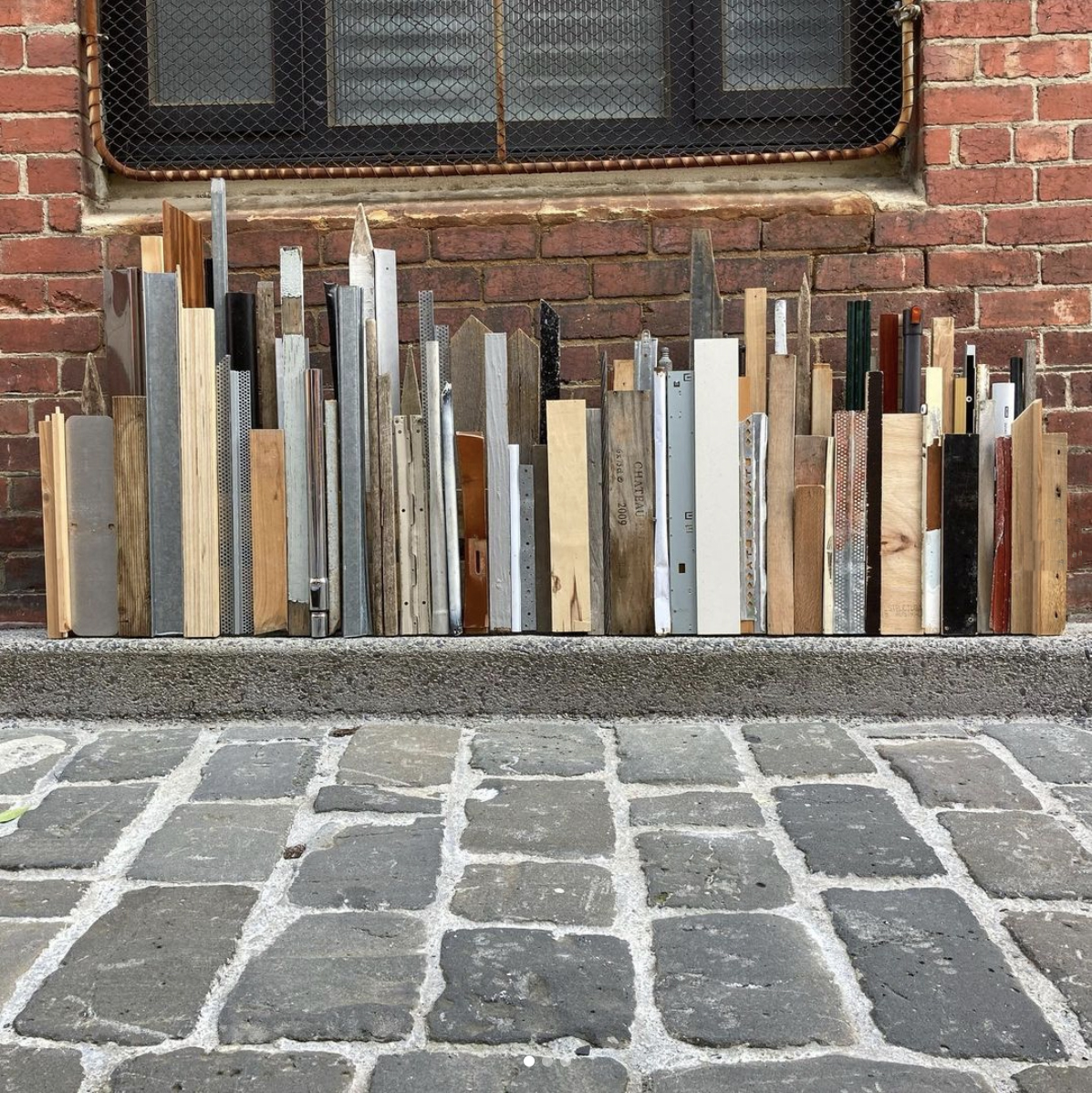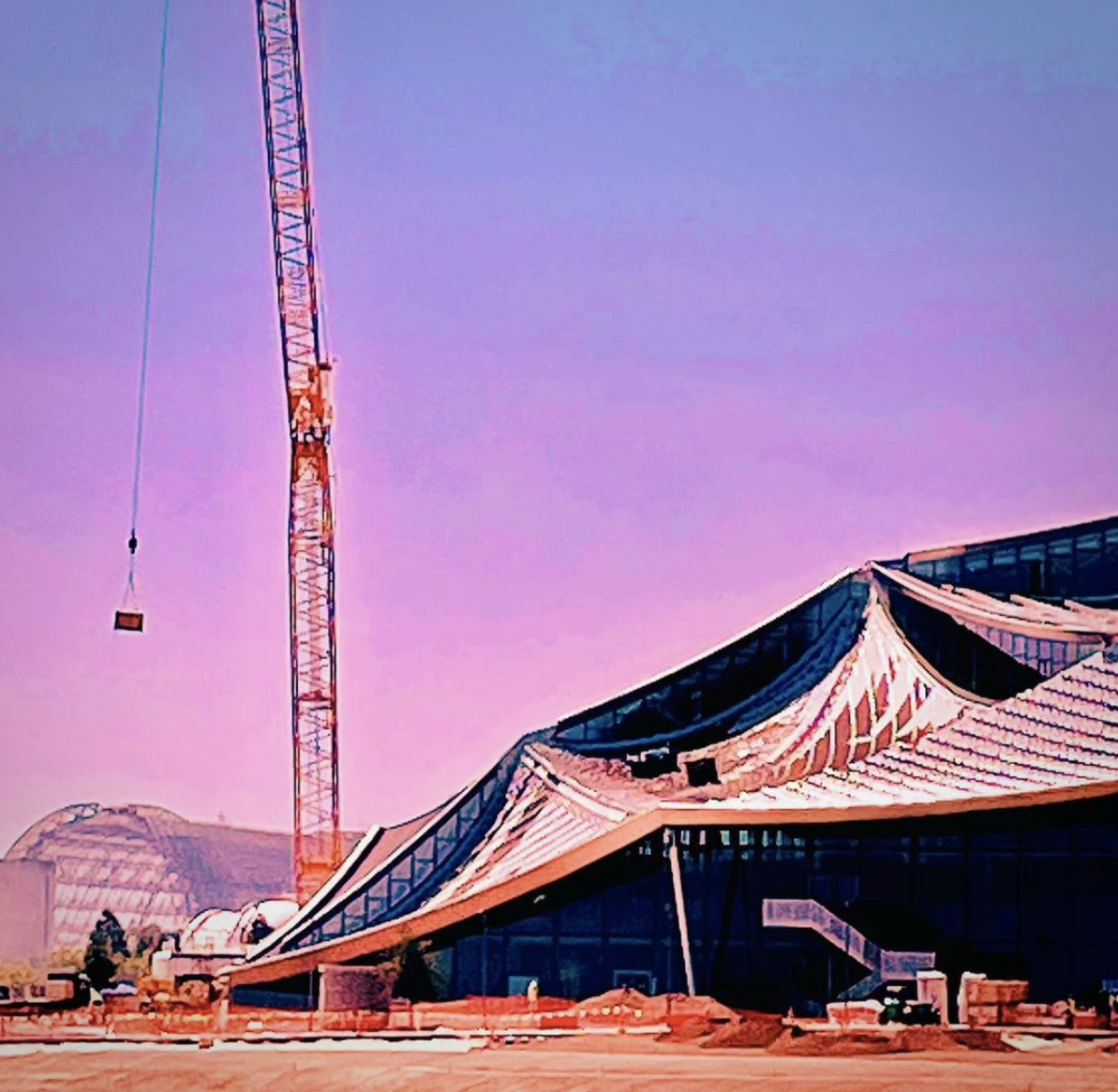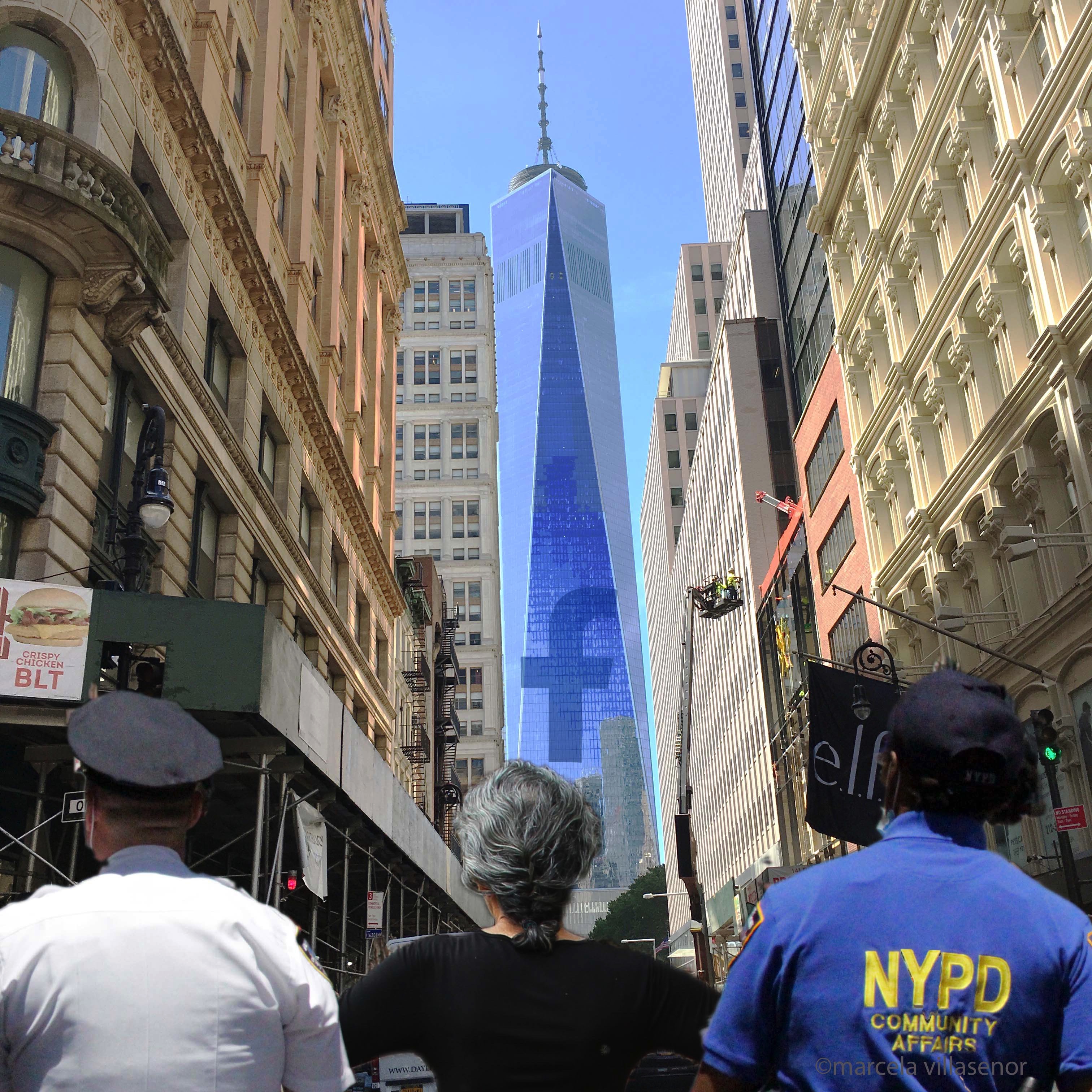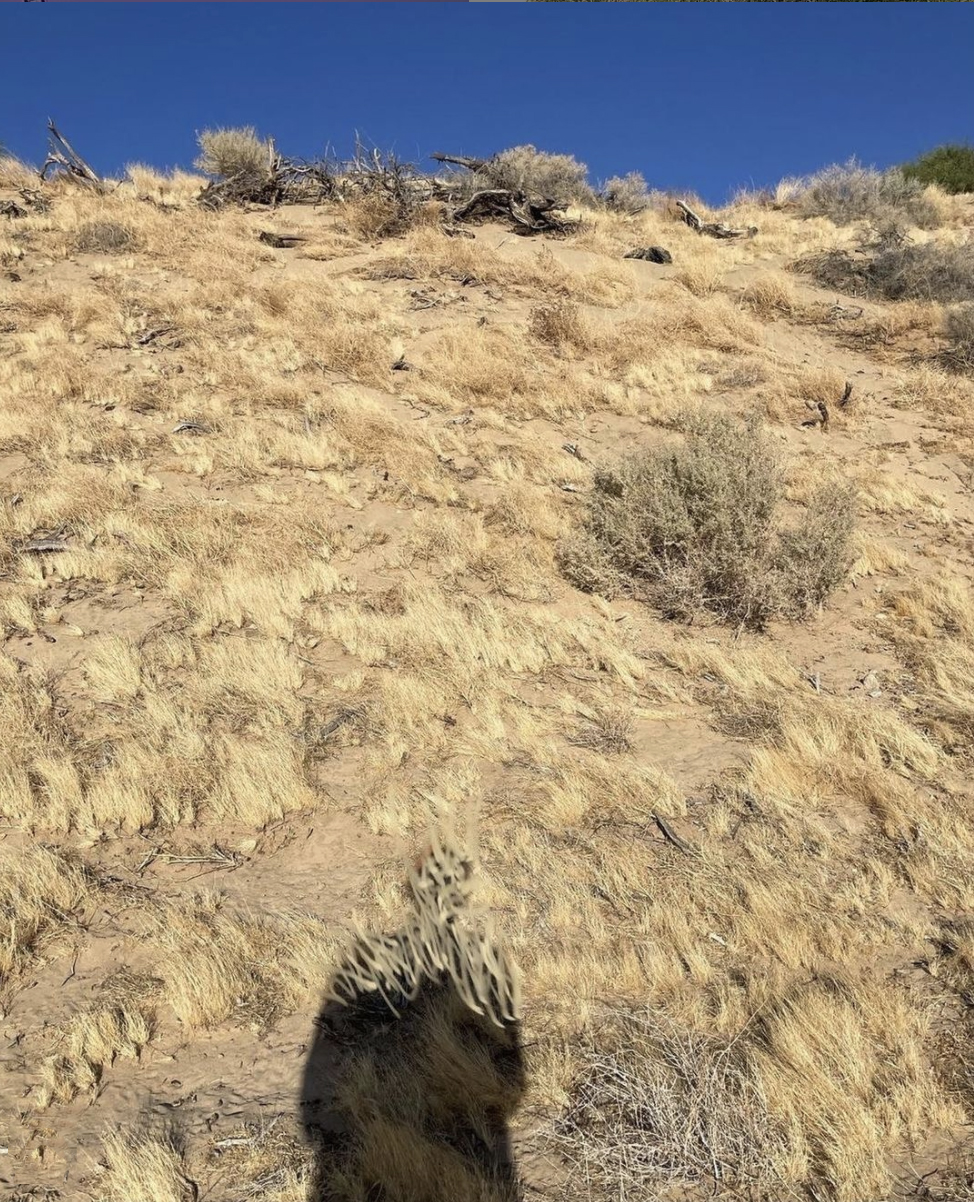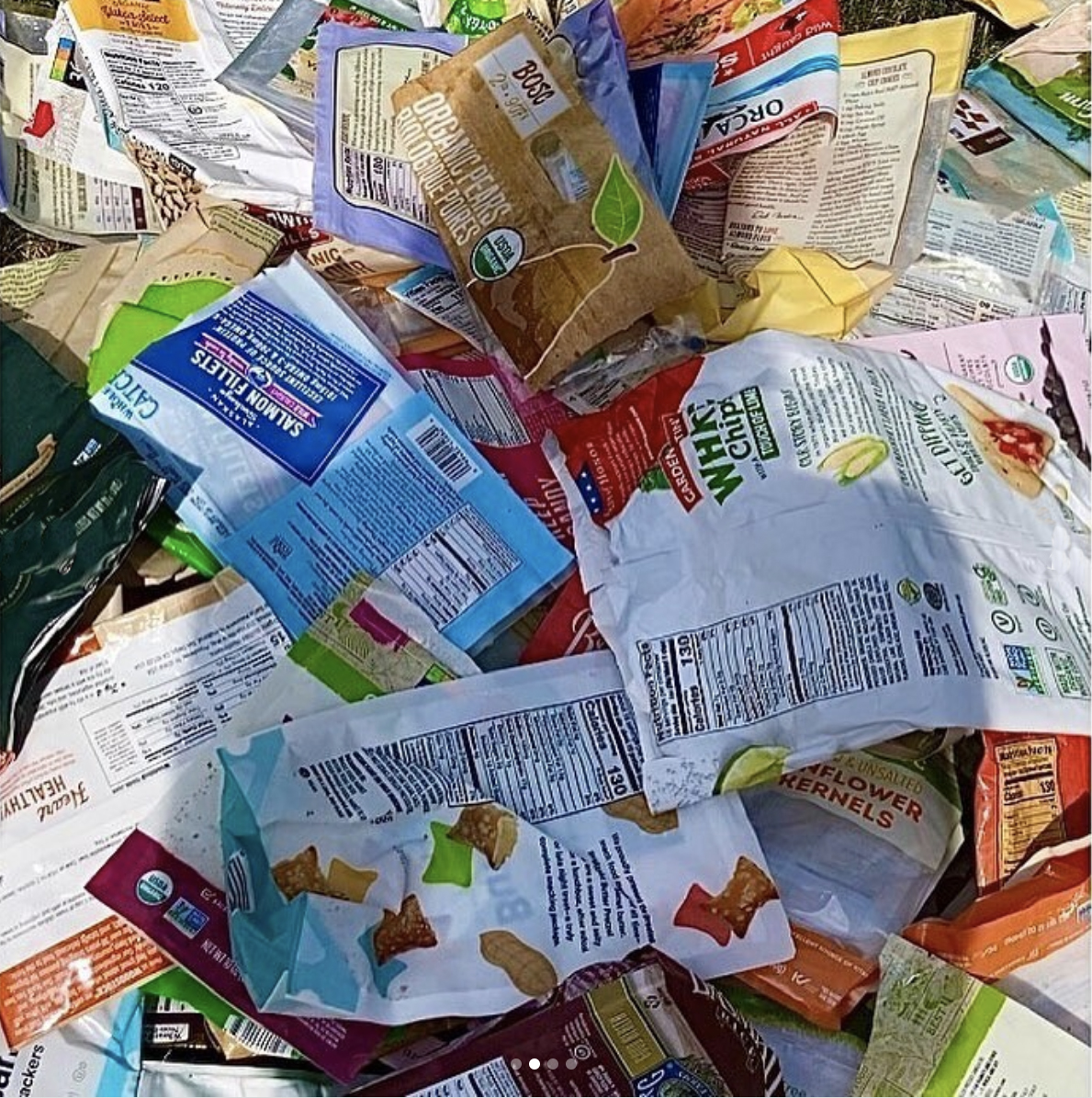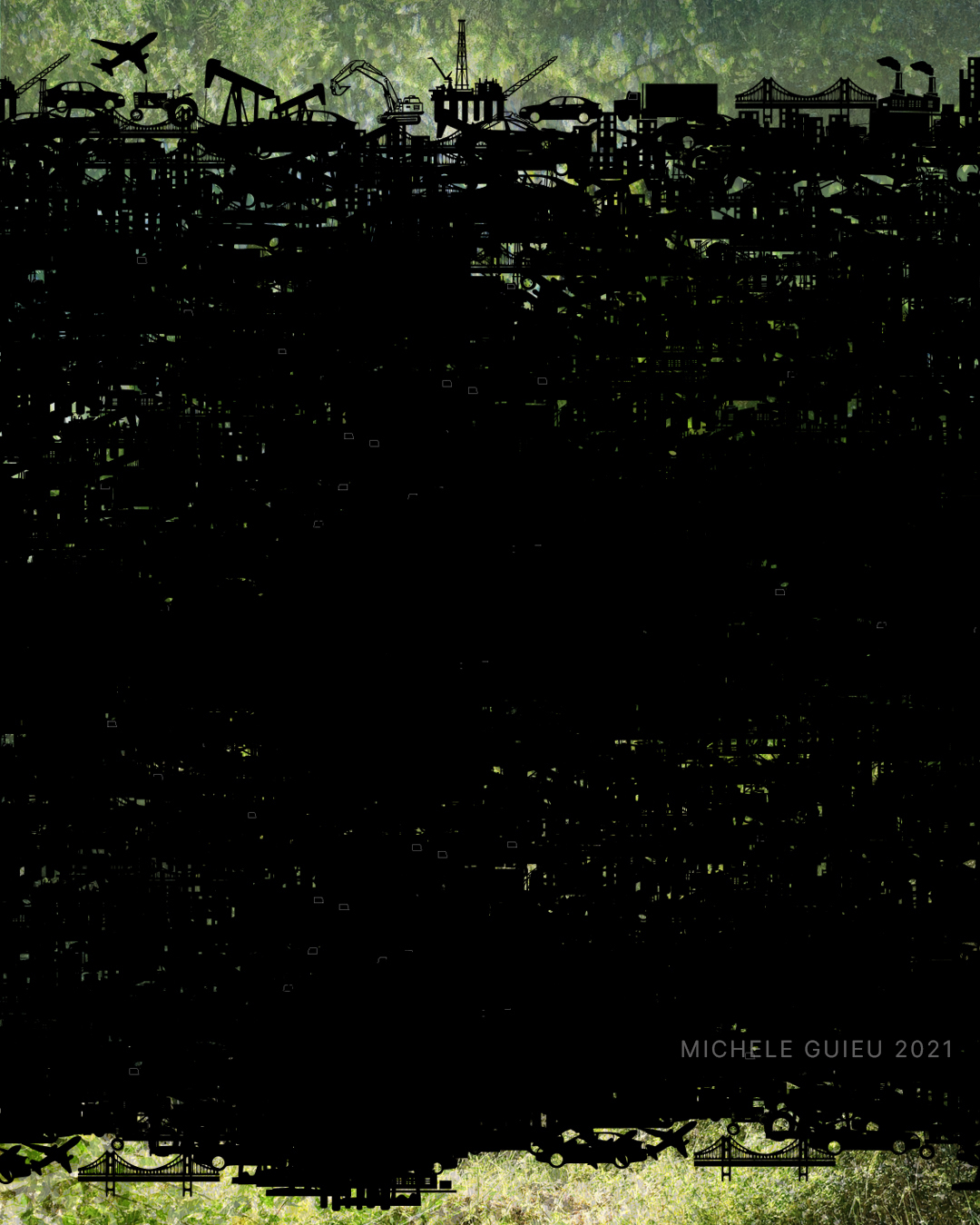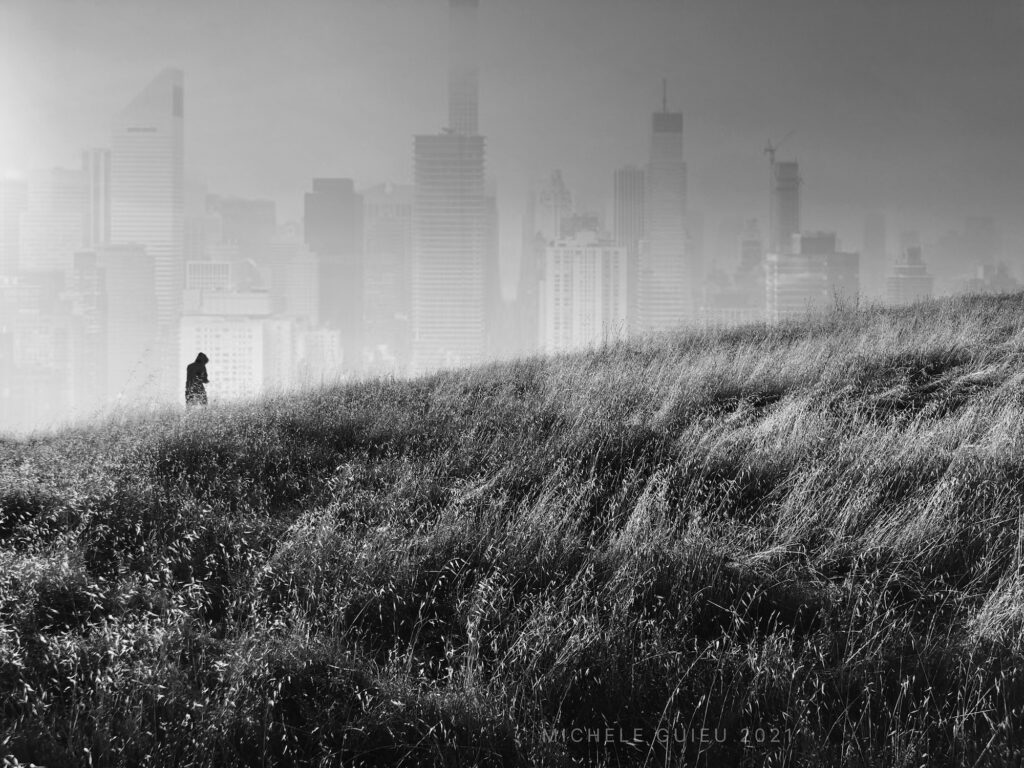This is the 5th What’s Next for Earth online exhibition based on Think Resilience,
a free online course by the Post Carbon Institute.
Every society has institutions for making decisions and allocating resources. Some anthropologists call this the structure of society. Every society also has an infrastructure, which is its means of obtaining food, energy, and materials. Finally, every society also has a superstructure, which consists of the beliefs and rituals that supply the society with a sense of meaning. In this lesson, we see how our current systems of political and economic management—our social structure—evolved to fit with our fossil-fueled infrastructure, and we’ll very briefly explore what a shift to different energy sources might mean for the politics and economics of future societies.”
Richard Heinberg, Think Resilience course, lesson 6: Systems of Political and Economic Management (Full video transcript here).

